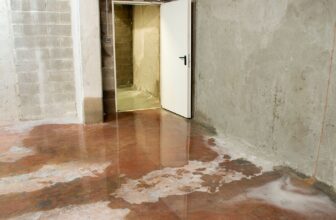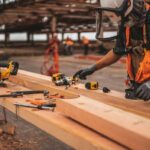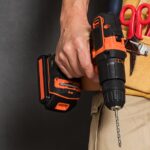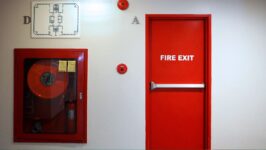
Do HMOs Need Fire Doors?
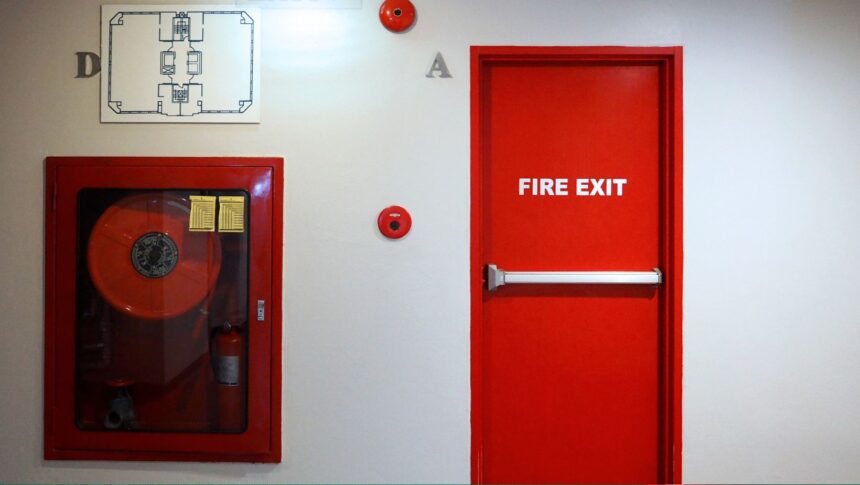
Understanding the safety requirements for Houses in Multiple Occupations (HMOs) is crucial, especially regarding fire safety. A key aspect of this is the installation of HMO fire doors. This article will explore whether HMOs need fire doors, the importance of these doors, and the regulations surrounding their installation.
The Importance of Fire Doors in HMOs
Ensuring Tenant Safety
Firstly, ensuring tenant safety is the primary reason for installing fire doors in HMOs. Fire doors are designed to withstand fire and smoke, providing critical time for occupants to evacuate safely. For example, a properly installed fire door can prevent the spread of fire and smoke for up to 30 minutes, giving tenants more time to escape and reducing the risk of injury or death.
Complying with Legal Requirements
Secondly, complying with legal requirements is essential for HMO landlords. Fire safety regulations for HMOs mandate the use of fire doors to protect escape routes and compartmentalize fire, preventing it from spreading. For instance, fire doors should be installed in high-risk areas such as kitchens and living rooms. Non-compliance with these regulations can result in severe penalties, including fines and imprisonment.
Protecting Property and Assets
In addition, protecting property and assets is a significant benefit of installing fire doors. Fire doors can minimize the damage caused by fire, preserving the structural integrity of the building and reducing repair costs. For example, fire doors with intumescent seals expand when exposed to heat, sealing gaps and preventing fire from spreading, thereby safeguarding the property.
HMO Fire Door Regulations
Required Standards
Firstly, HMO fire doors must meet specific standards to ensure their effectiveness. These standards include FD30 or FD60 ratings, indicating the number of minutes the door can resist fire.

For instance, an FD30 fire door can resist fire for 30 minutes, providing sufficient time for tenants to evacuate. Additionally, fire doors must be fitted with self-closing devices to ensure they close automatically in case of fire.
Installation and Maintenance
Secondly, proper installation and maintenance are crucial for the effectiveness of HMO fire doors. Fire doors must be installed by qualified professionals to ensure they meet regulatory standards and function correctly. For example, gaps between the door and the frame should be minimal to prevent fire and smoke from passing through. Regular maintenance, including checking the door’s integrity and ensuring self-closing devices work, is essential for ongoing safety.
Landlord Responsibilities
Finally, landlords have specific responsibilities regarding HMO fire doors. The landlord must ensure that fire doors are installed and maintained according to regulations.

For instance, landlords must conduct regular fire risk assessments and address any identified issues promptly. Failure to do so can result in legal action and jeopardize tenant safety.
Conclusion
In summary, HMO fire doors are essential for ensuring tenant safety, complying with legal requirements, and protecting property. By understanding the importance of fire doors and adhering to regulations, HMO landlords can create a safer living environment for their tenants. Proper installation and maintenance of fire doors are crucial components of effective HMO management, ultimately contributing to the overall safety and well-being of all occupants.



